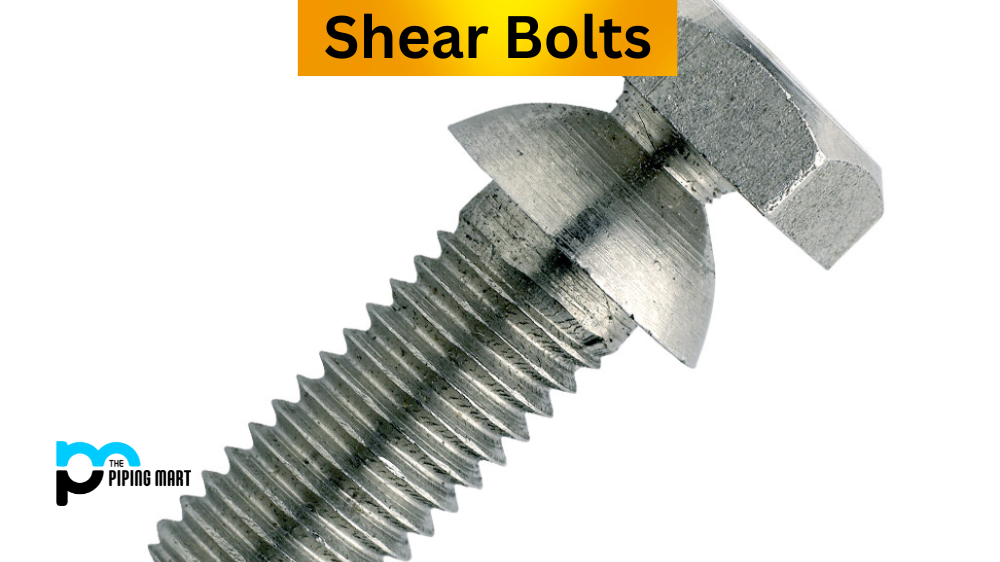Are you tired of using the wrong screw for your project and ending up with a broken or uneven finish? Choosing the right wood screw for your project can make all the difference. In this blog post, we’ll cover everything you need to know about selecting the correct size, type, and material of wood screw for your DIY project. As a stainless steel profile – T profile, U project, L profile, we know how important it is to have the right tool for the job, so let’s dive in!
What is Wood Screw?
Wood screws are essential components in woodworking and construction projects, serving as the primary method of securing two pieces of wood together. They come in a variety of sizes and materials, but they all share the same fundamental purpose: to provide a strong and reliable bond between pieces of wood.
At their core, wood screws consist of a sharp threaded shank with a pointed end designed to cut into the wood fibers and create a tight grip. This design allows easy insertion into the material without pre-drilling holes, making them ideal for quick assembly tasks.
But what sets wood screws apart from other types is their wide selection to fit different needs. Standard wood screws have coarse threads with deep valleys that can easily grab onto softwood fibers. On the other hand, fine thread screws are better suited for hardwoods or engineered woods like plywood.
Moreover, there are specialized types, such as drywall or particle board screws, that have unique features tailored specifically for their intended use. For instance, drywall screws feature sharp points and bugle heads perfect for attaching plasterboard to wooden studs.
Choosing the Right Wood Screw for Your Project
Size Matters:
First, let’s talk about screw size. It’s important to choose a screw that fits snugly through the pilot hole and into the wood. Using a screw that is too small can cause the wood to split, and a screw that is too big can cause the wood to crack. To determine the appropriate size of the screw, use a drill bit that is slightly smaller than the diameter of the screw, and then choose a screw that has the same diameter as the hole you drilled.
Types of Wood Screws:
Now let’s look at the different types of wood screws. There are two main types of wood screws: traditional wood screws and self-tapping screws. Traditional wood screws require a pilot hole to be drilled before they can be inserted, whereas self-tapping screws can be inserted directly into the wood without the need for a pilot hole. Self-tapping screws are more convenient, but traditional wood screws offer a stronger hold. Choose the right one for your project based on the nature of the wood and the strength required.
Materials Matter:
Finally, let’s discuss the different materials of wood screws. Wood screws are made from a range of materials, including brass, zinc, stainless steel, and more. The material you choose will depend on the intended use of your project. For example, if you’re building an outdoor bench, you’ll want to choose a material that can withstand the elements, such as stainless steel. If your project is an indoor piece of furniture, such as a bookshelf, you can opt for a lighter material, such as brass.
Tips and Tricks:
When working with screws, always use a drill bit that is slightly smaller than the diameter of the screw. This will prevent the wood from splitting and ensure a tight fit. Additionally, when using traditional wood screws, it’s important to pre-drill a pilot hole to ensure that the screw will go in straight. Always use the right type and size of screwdriver for the job, as this will prevent stripping of the screw head and keep your project looking polished.
Conclusion:
Choosing the right size, type, and material of wood screw for your DIY project can help prevent wood splitting, cracking, and a host of other issues. Whether you’re building outdoor furniture or indoor decor, choosing the right screw is essential for ensuring a polished finish. Remember to pay attention to screw size, type, and material, and always use the recommended drill bit and screwdriver to keep your project looking its best. Happy DIY-ing!

Meet Bhavesh, a seasoned blogger with a wealth of knowledge and experience. From metal products manufacturing to retail, Bhavesh has a diverse background in various industries and is dedicated to sharing his insights and expertise with readers.




